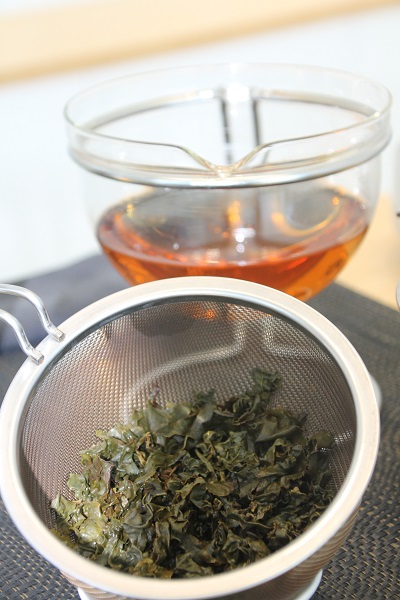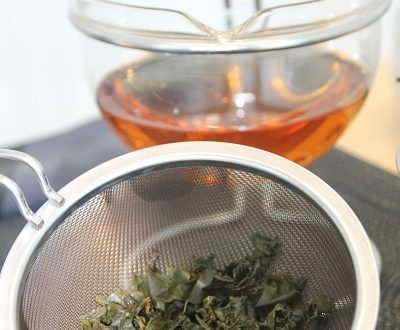 Plastic has been outed – and it’s not a pretty picture. But as well as swirling in two giant whirlpools in the Pacific Ocean, clogging up our rivers, and degrading our beaches, plastic is also being served up with many a morning cup of tea – it’s just that most of us don’t realise it.
Plastic has been outed – and it’s not a pretty picture. But as well as swirling in two giant whirlpools in the Pacific Ocean, clogging up our rivers, and degrading our beaches, plastic is also being served up with many a morning cup of tea – it’s just that most of us don’t realise it.
What’s this in the compost?
If you’re a home composter, you very likely have came across the bizarre sight (while turning your pile) of a completely intact teabag containing fully composted tea leaves. How could this happen, you ask. Well, the answer is very simple. While the tea leaves are organic, and readily break down into humus which nourishes the garden, the teabag (either all or parts of it) is in fact inorganic. Made completely or partially of polypropylene, a plastic which doesn’t react with water, detergents, acids or bases, sections of your teabag, or the entire thing, are virtually indestructible. And that’s not all. Even if the tea bag is made of 90% organic materials, it’s still unlikely to break down in the home compost. That’s because the heat required to help the bag degrade is generated only in a commercial composting situation.
What’s with the polypropylene?
In order to create a teabag which seals in the tea, a narrow, heat sensitive strip is built into the fabric from which the teabags are constructed. During manufacture, the edges of the bag are sealed along this polypropylene strip. The only alternative, to date, to avoid adding the polypropylene strip, is to design the bag so that it folds, origami-style, and is then sealed at the top with a staple-like clip.
Why loose-leaf tea is a better all-round option
If you’ve ever had the good fortune to visit a tea plantation and its associated fermentation and packaging plant, one of the most shocking facts you’ll be confronted with is the truth about what’s inside your teabags. Tea is the fermented and dried leaf of Camellia sinensis. The best tea in the world is brewed from whole tea leaves. As the leaves absorb water, they unfurl in the pot so that the entire leaf is exposed to the liquid and the full flavour of the leaf is imparted into the brew. Rehydrated tea leaves take up a good deal of space, as anyone who has emptied a pot of fine tea knows. However, because those leaves take up so much space once they are rehydrated, not enough of them can fit into a confined teabag to produce the liquid amber in the strength we long for. That’s why teabags are more likely to contain tea dust than leaves. To quote one tea packager met during a visit to a tea plantation, “your teabags contain nothing more than the floor sweepings of the tea factory”. While one hopes this is an exaggeration, it certainly spells out why teabag tea lacks the full flavour of leaf tea.
Where to next?
While sites such as Conscious Kiwi can act as a guide to what your teabag is made of, teabag packaging is changing all the time as new (and more compostable) materials become available. If loose tea leaf just doesn’t cut it for you, and you prefer to stick with teabags, we recommend reading the teabag package and calling the customer help line for the latest update on just what it is that is sealing in your morning cuppa.









Join the Discussion
Type out your comment here:
You must be logged in to post a comment.